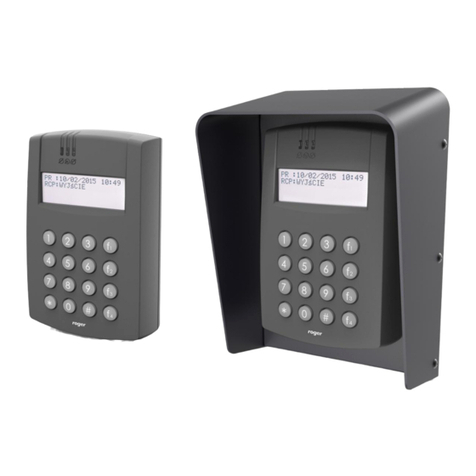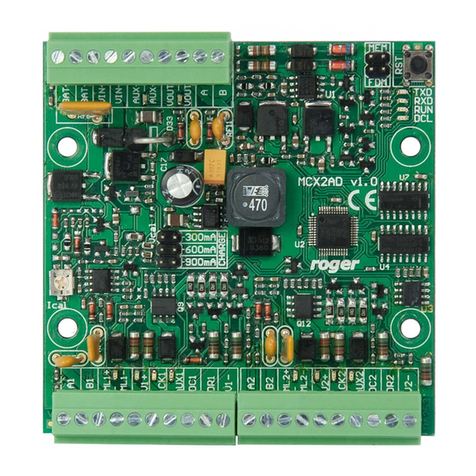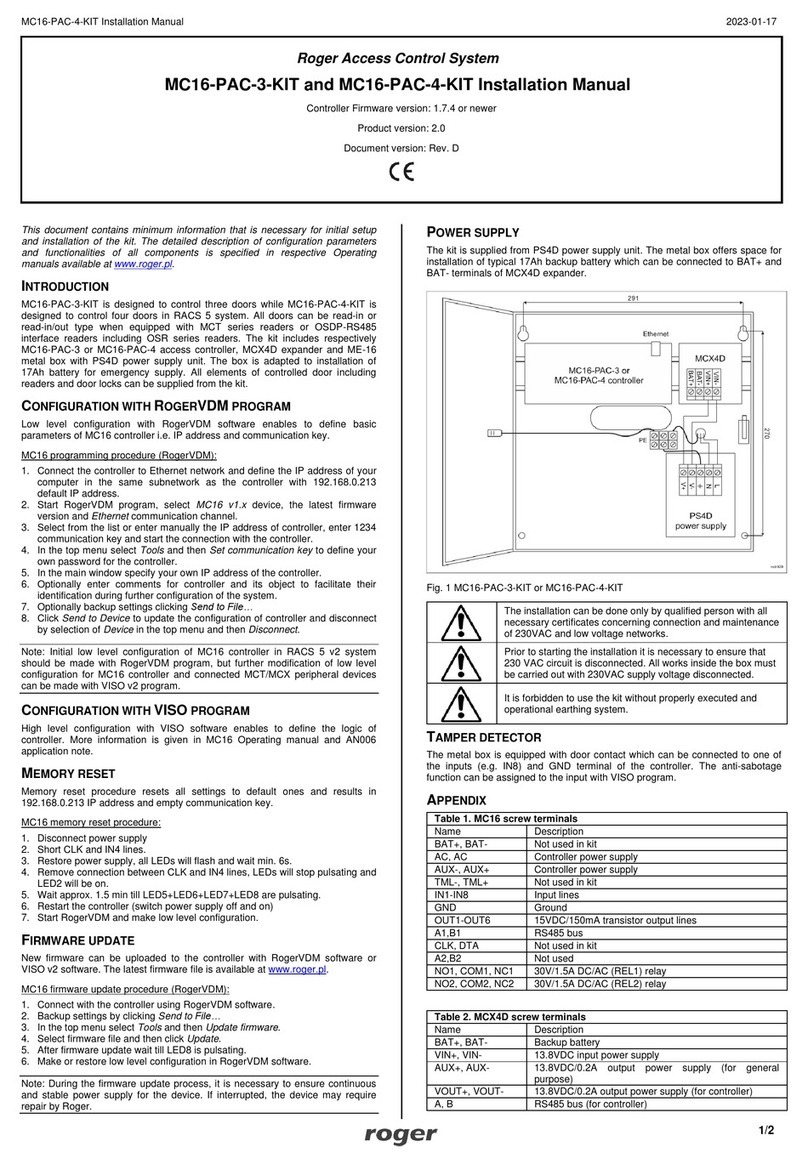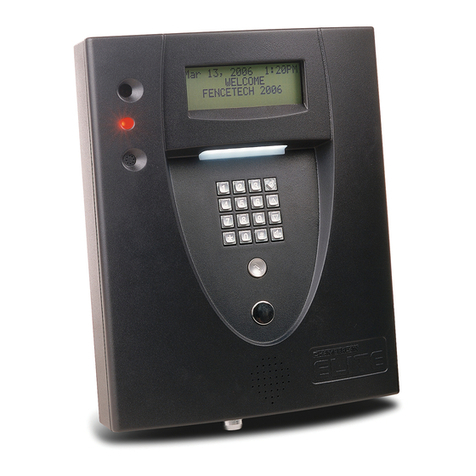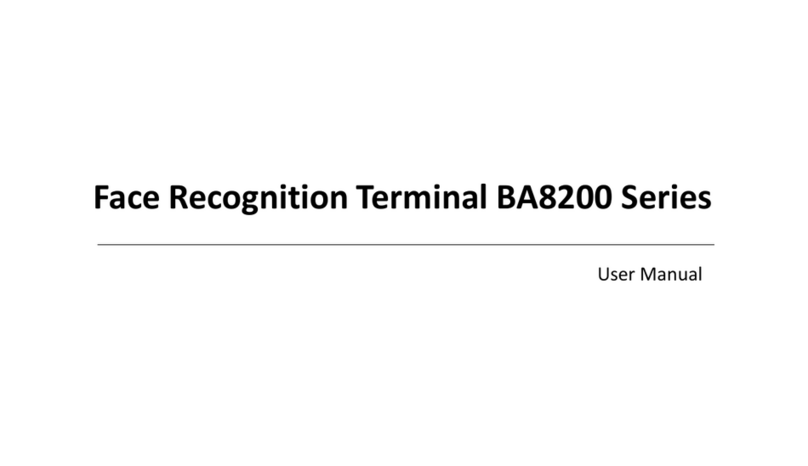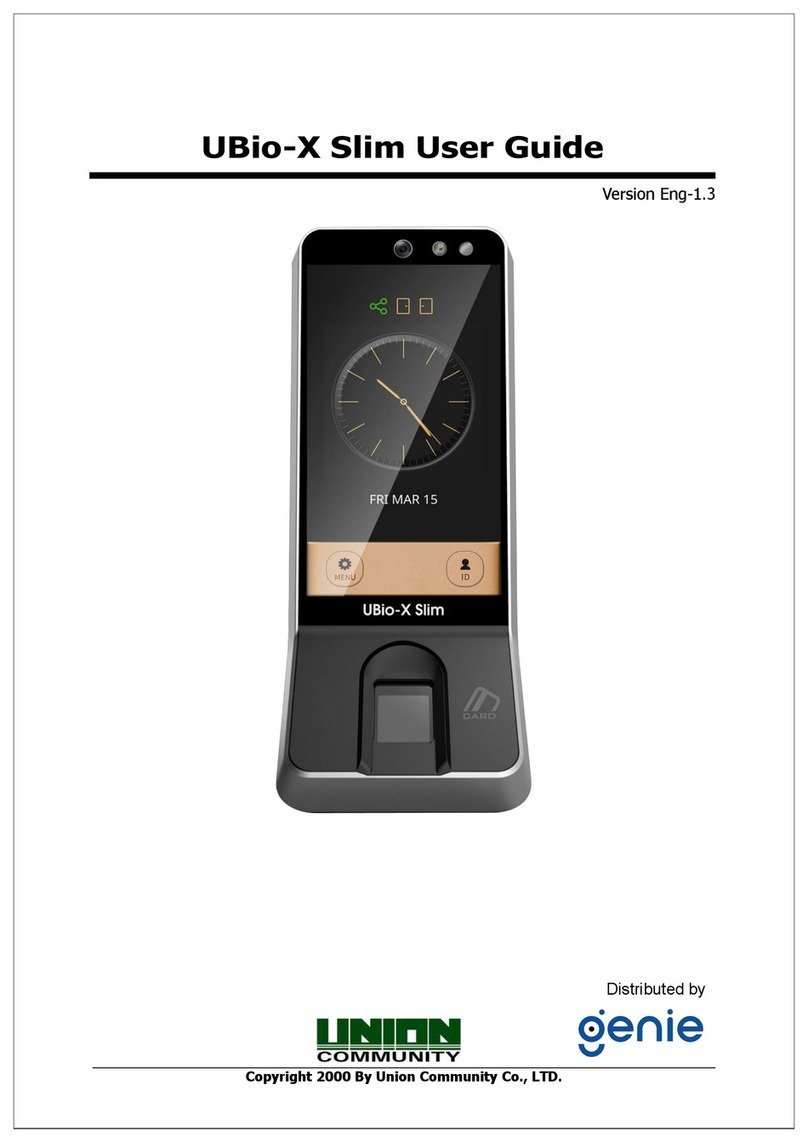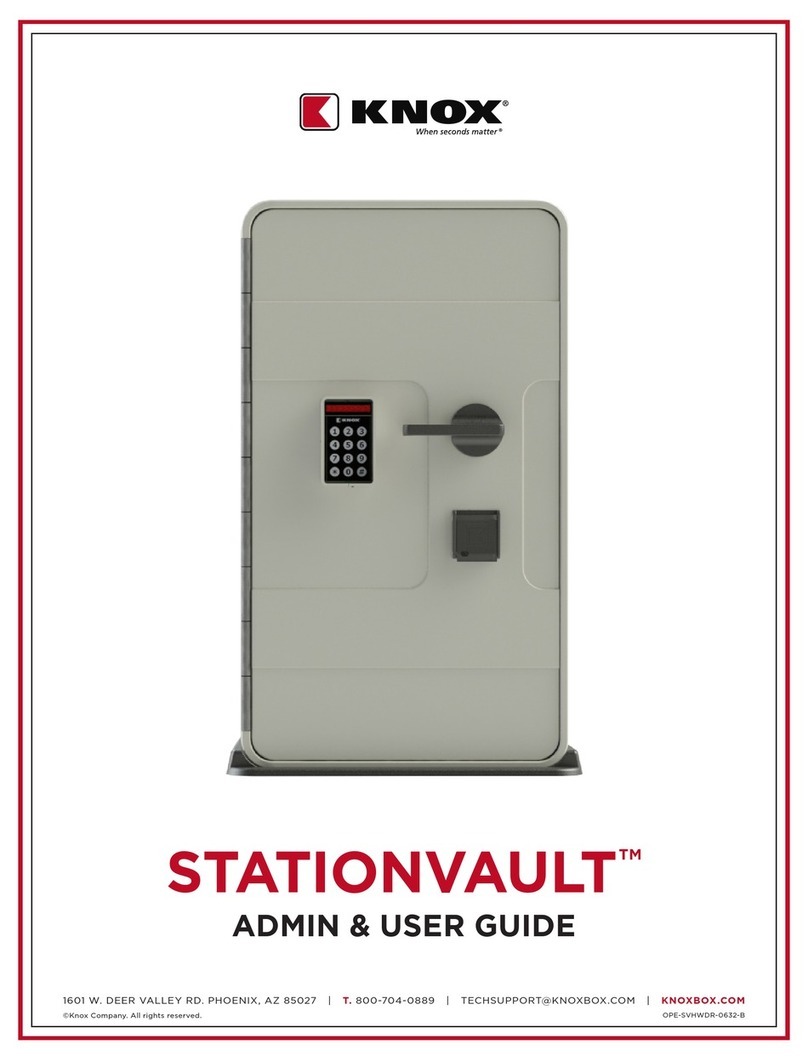Roger PR302 User manual









Other manuals for PR302
2
Table of contents
Other Roger IP Access Controllers manuals
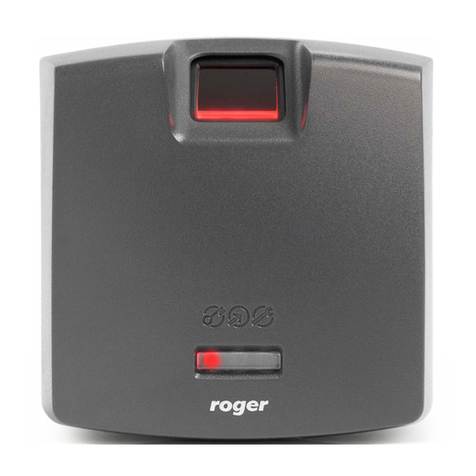
Roger
Roger RFT1000 User manual
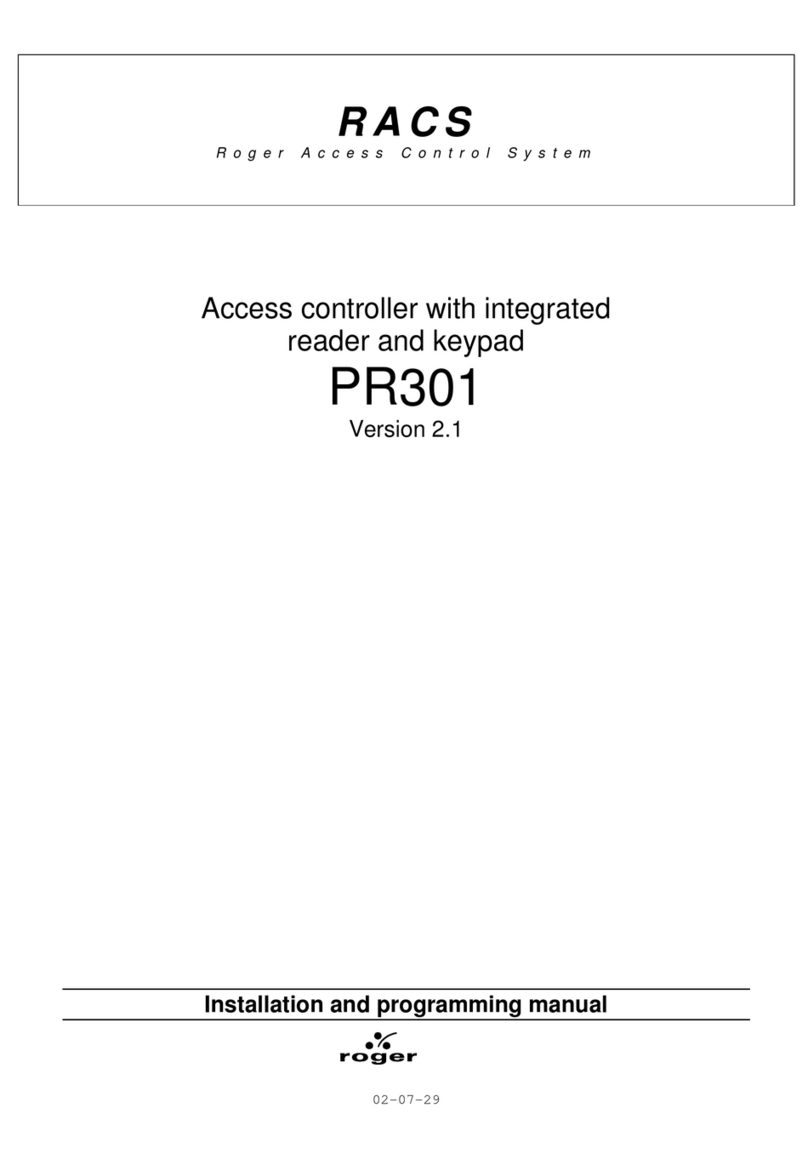
Roger
Roger PR301 Assembly instructions
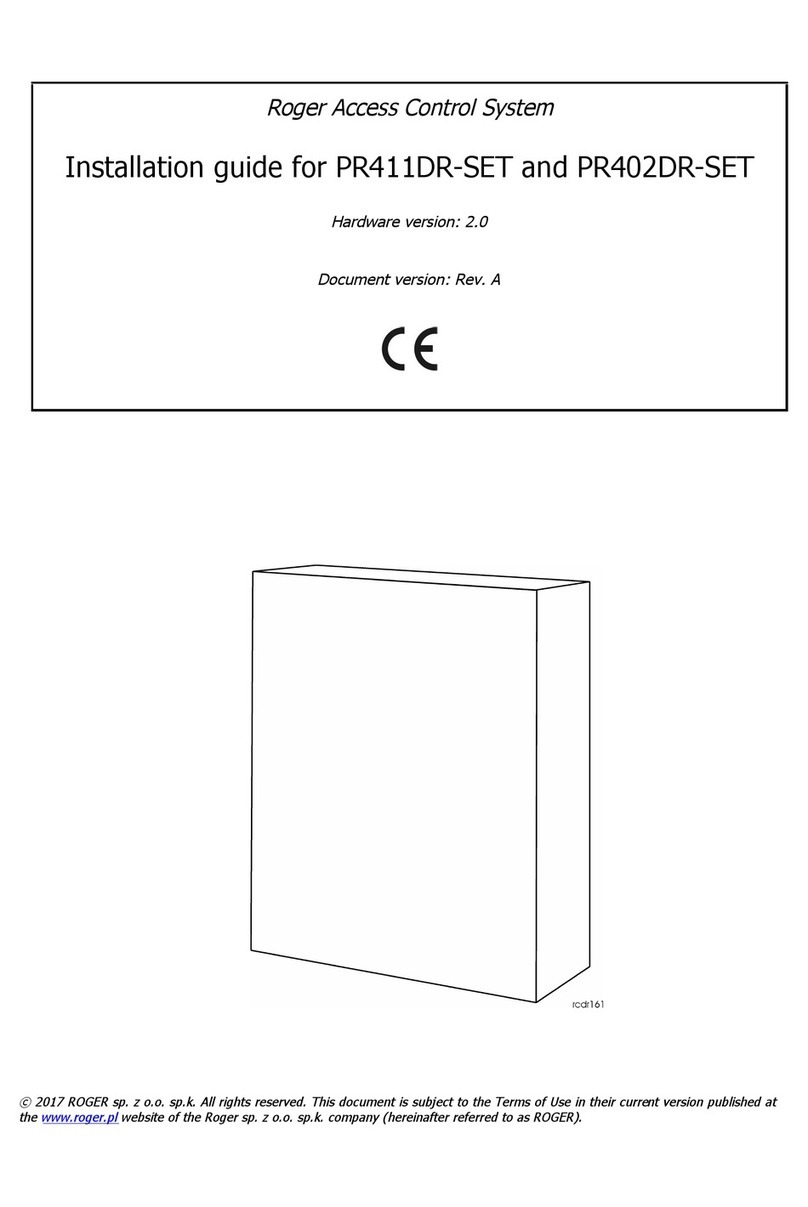
Roger
Roger PR411DR-SET User manual
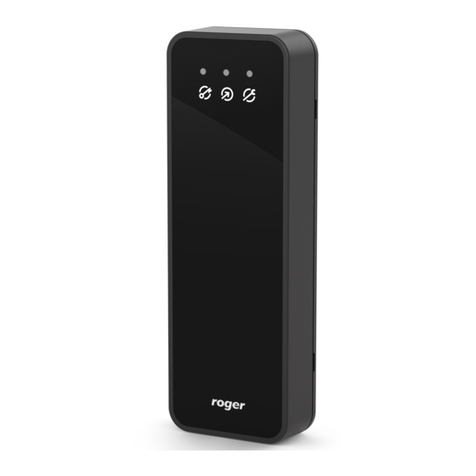
Roger
Roger PRT12MF-DES User manual
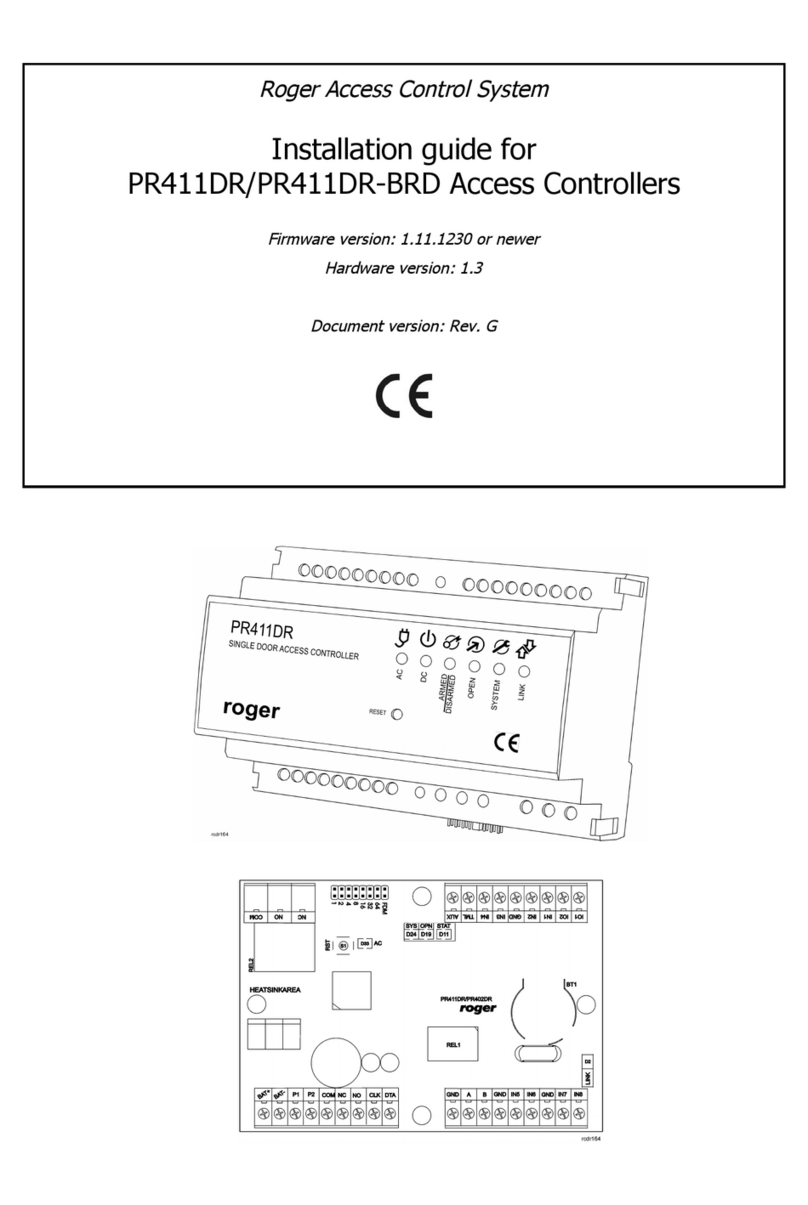
Roger
Roger PR411DR User manual
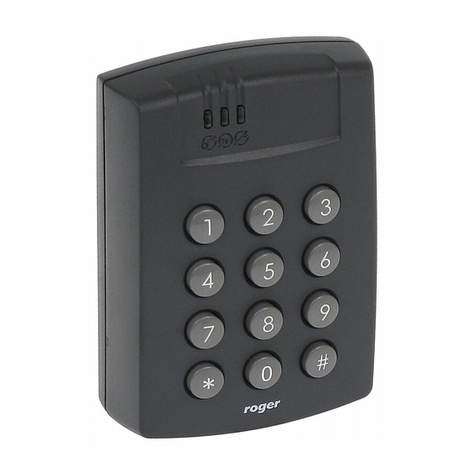
Roger
Roger PR612 User manual
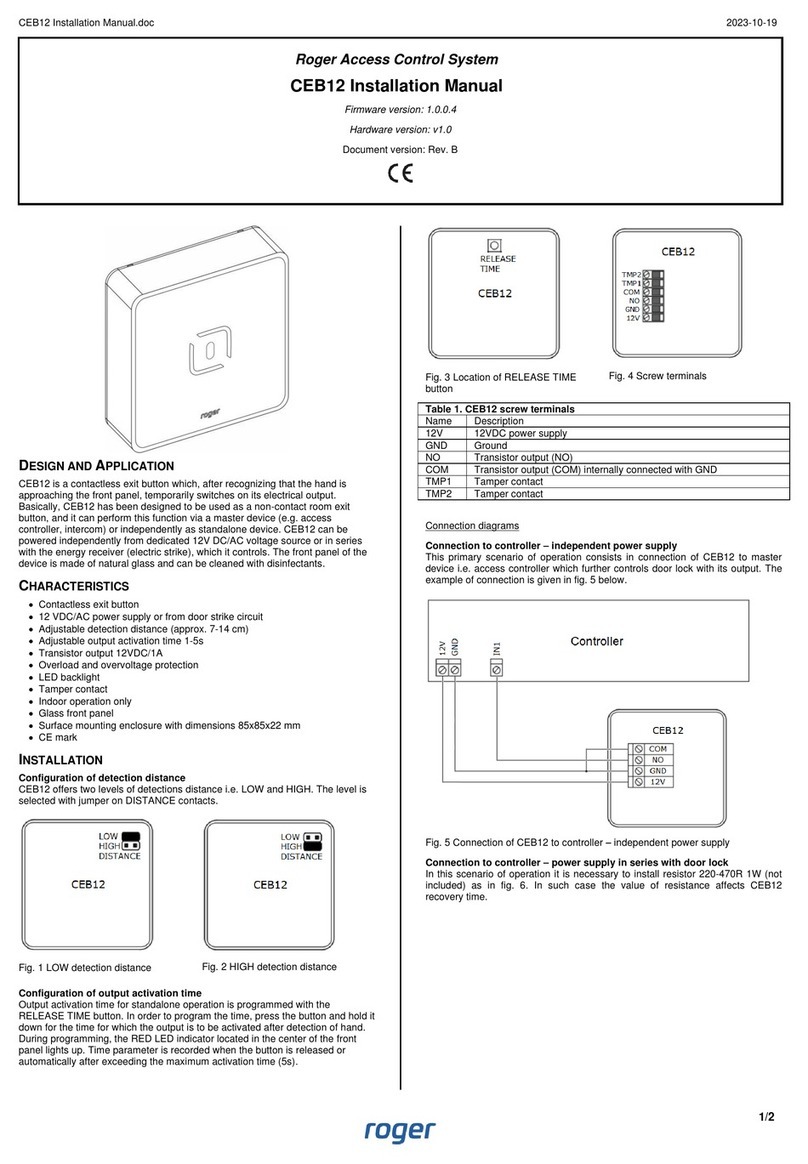
Roger
Roger CEB12 User manual
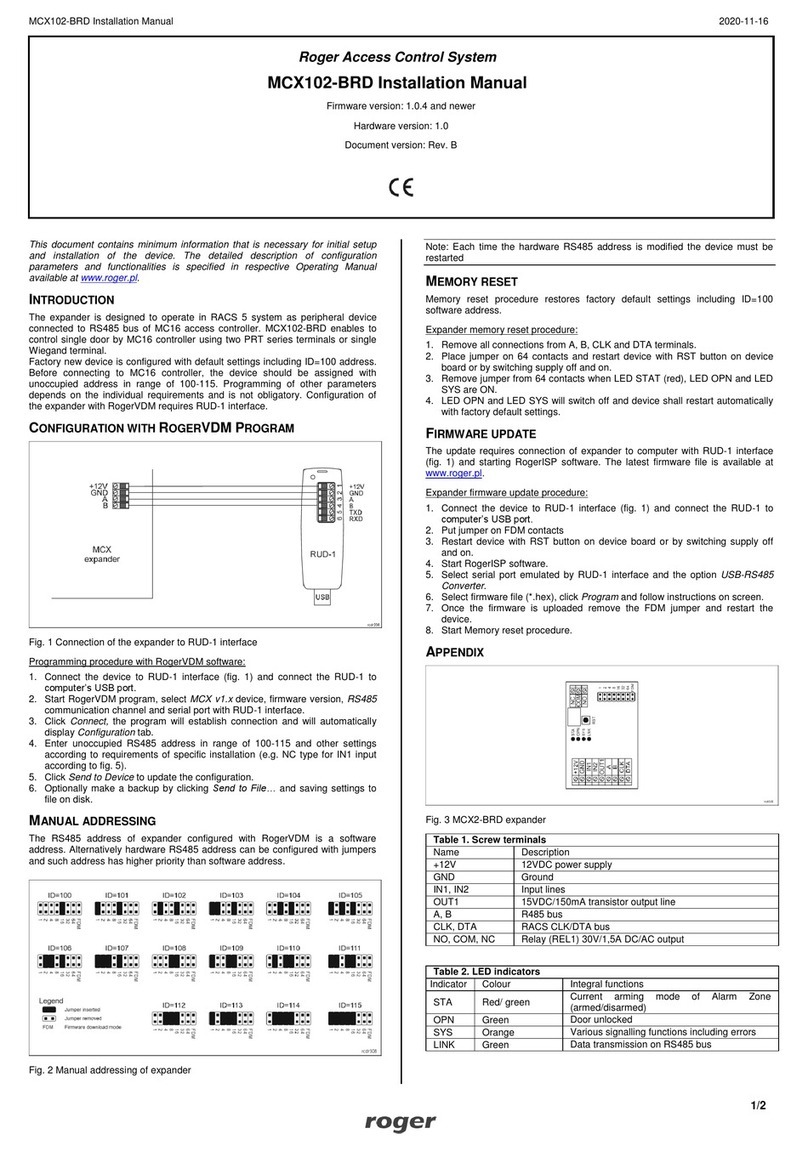
Roger
Roger MCX102-BRD User manual
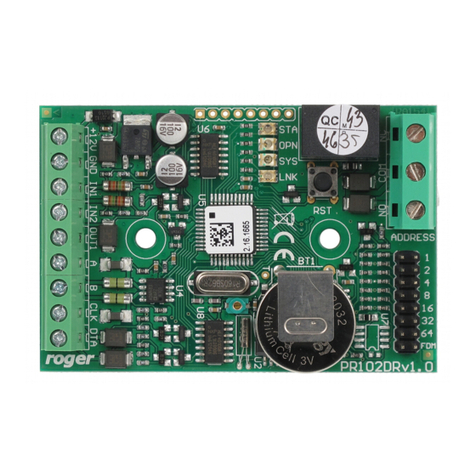
Roger
Roger PR102DR User manual
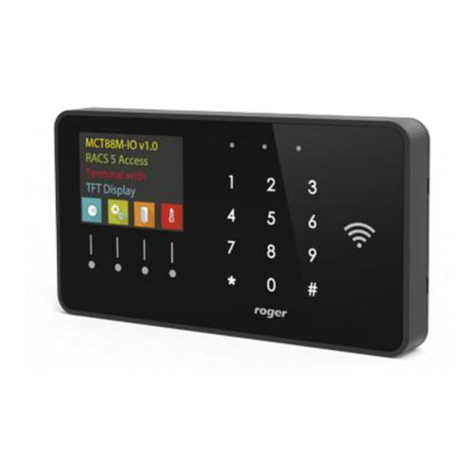
Roger
Roger MCT88M-IO User manual
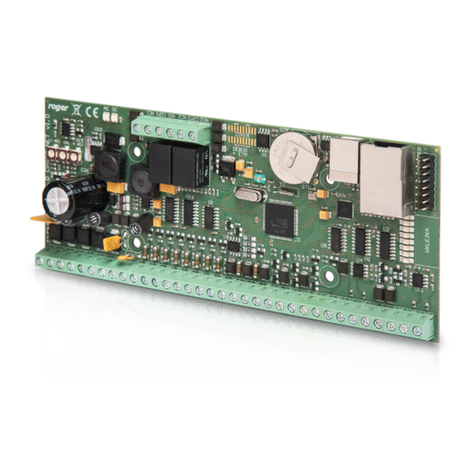
Roger
Roger MC16-SVC User manual

Roger
Roger MCT88M-IO User manual
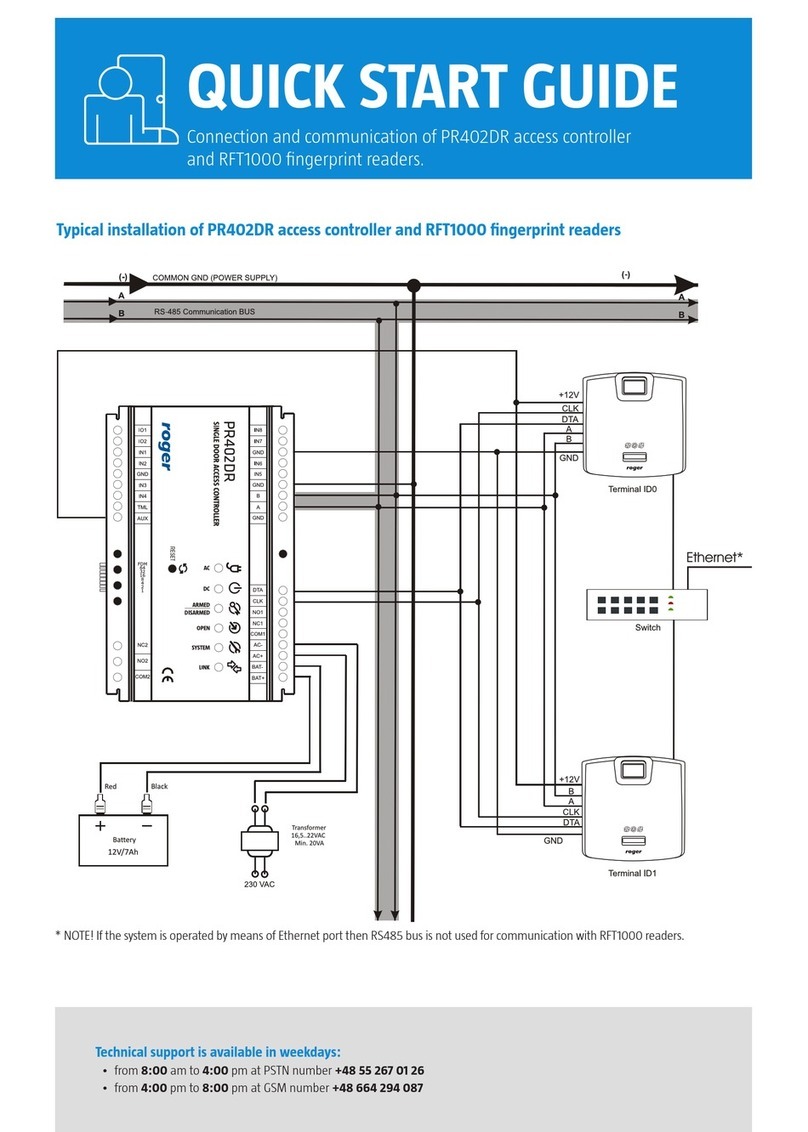
Roger
Roger PR402DR User manual
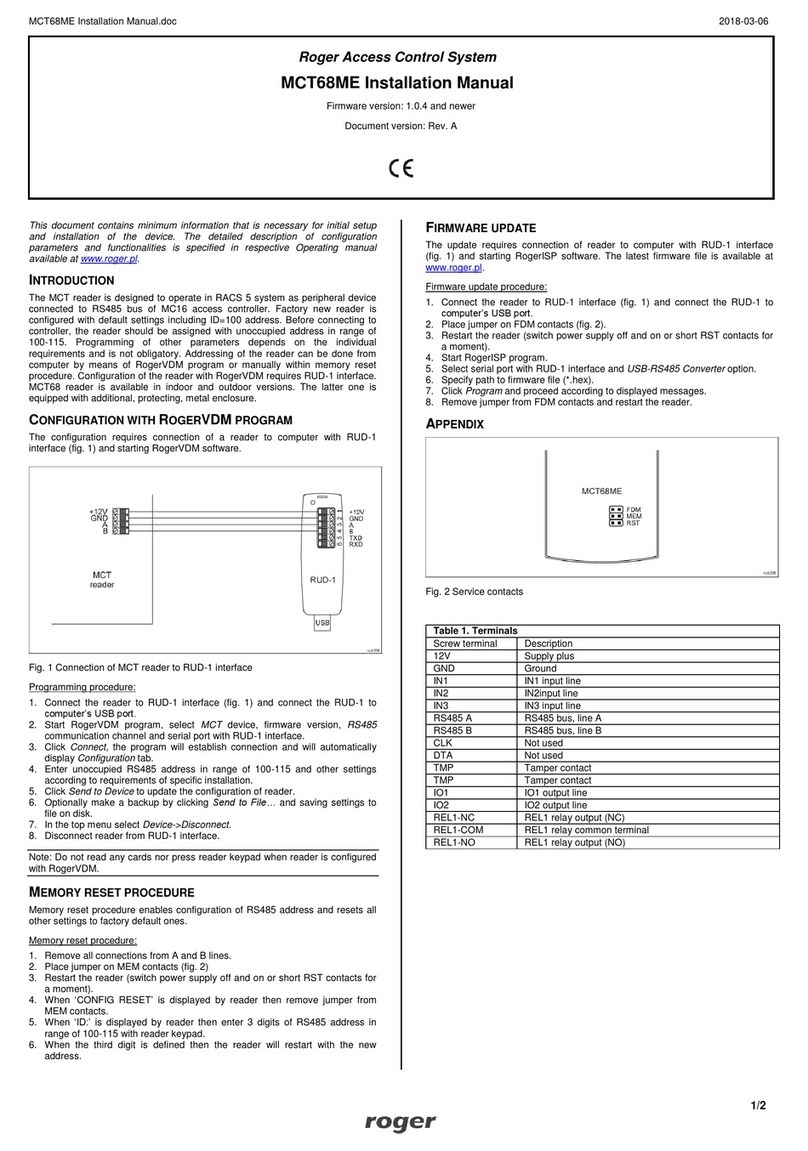
Roger
Roger MCT68ME User manual
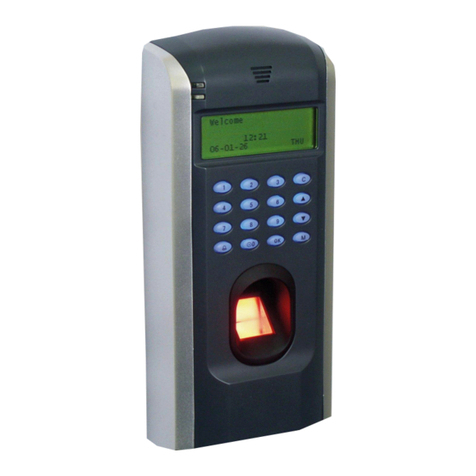
Roger
Roger F7 User manual

Roger
Roger RFT1000 User manual
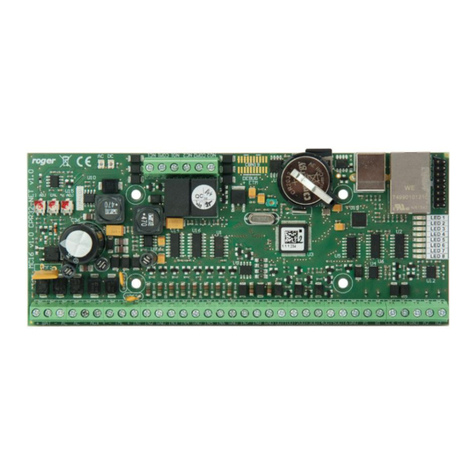
Roger
Roger MC16 User manual
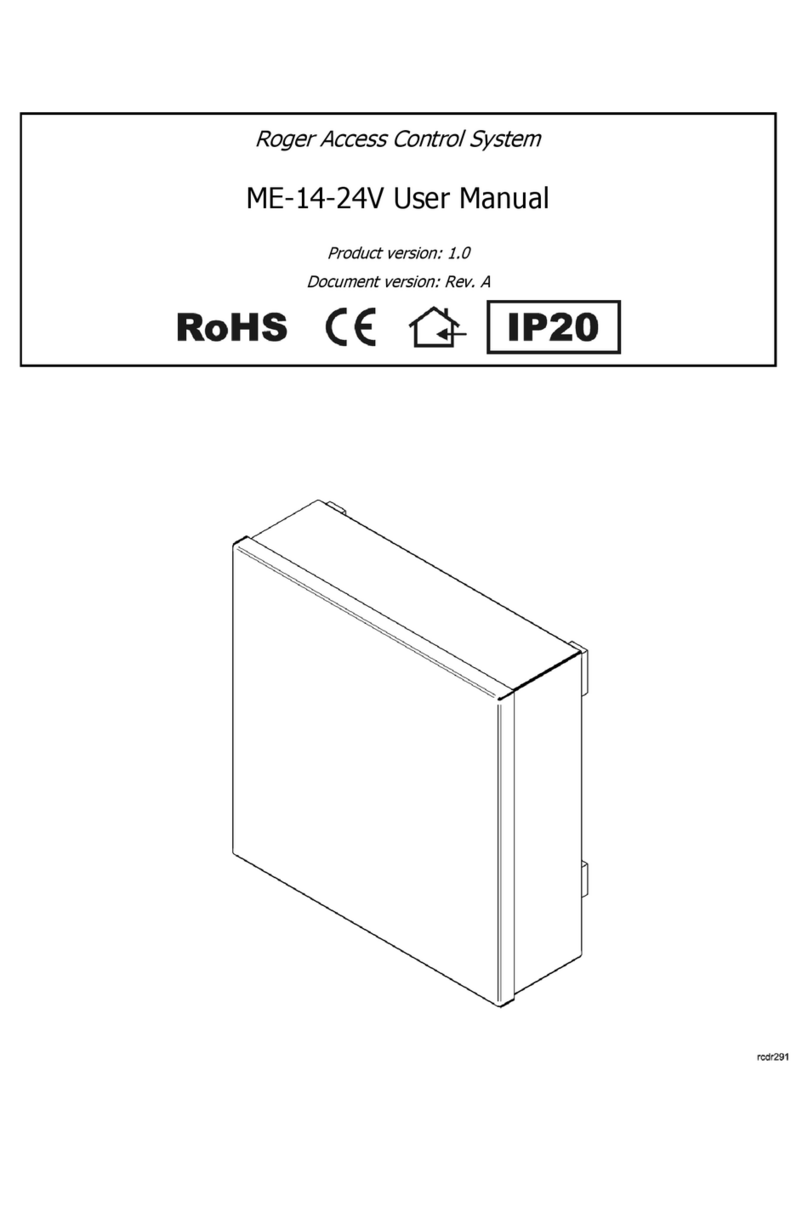
Roger
Roger ME-14-24V User manual
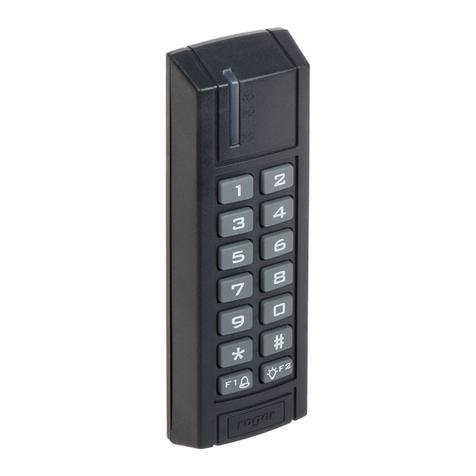
Roger
Roger PR311 Installation guide
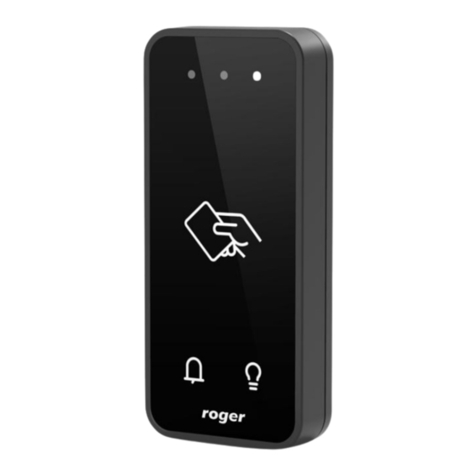
Roger
Roger MCT80M-BLE User manual
Popular IP Access Controllers manuals by other brands
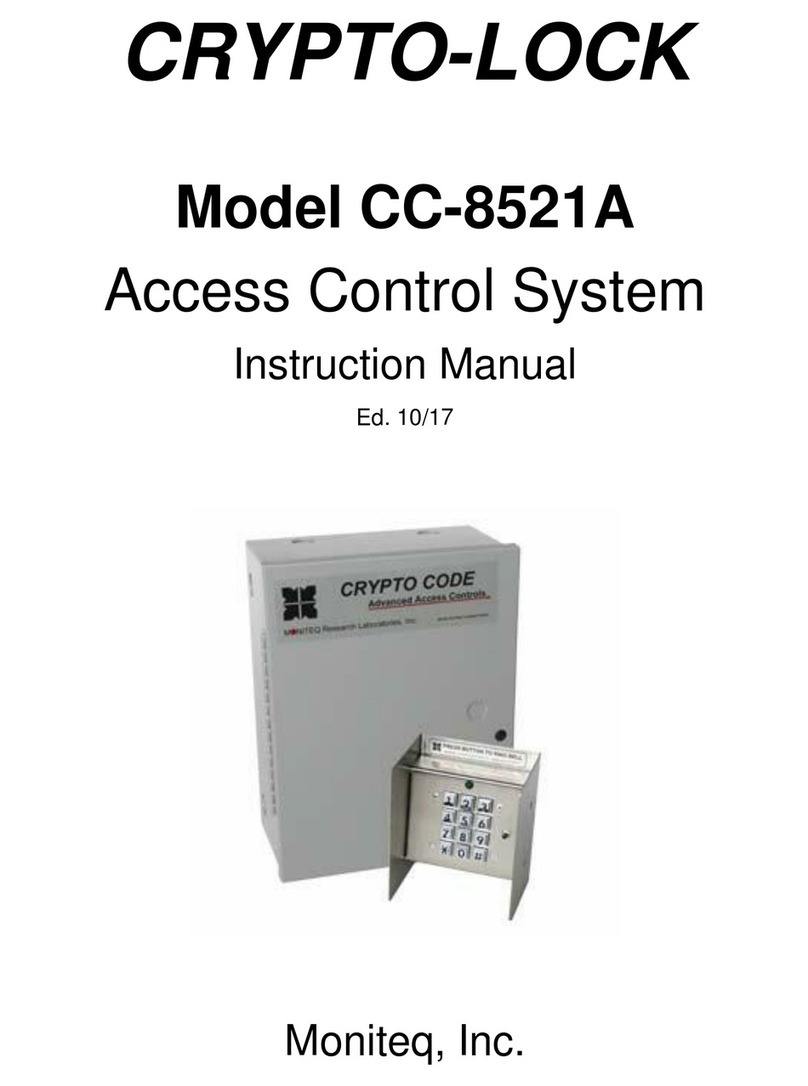
Moniteq
Moniteq CRYPTO-LOCK CC-8521A instruction manual
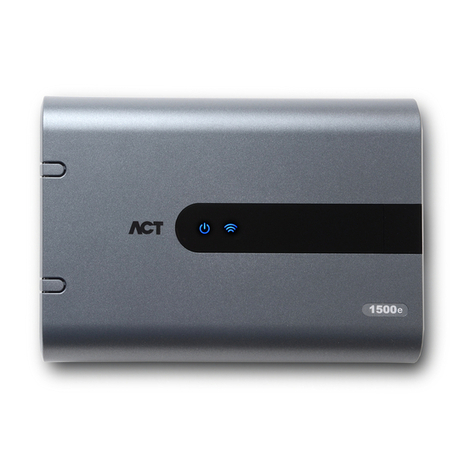
Vanderbilt
Vanderbilt ACTpro-1500 Installation and operating instructions
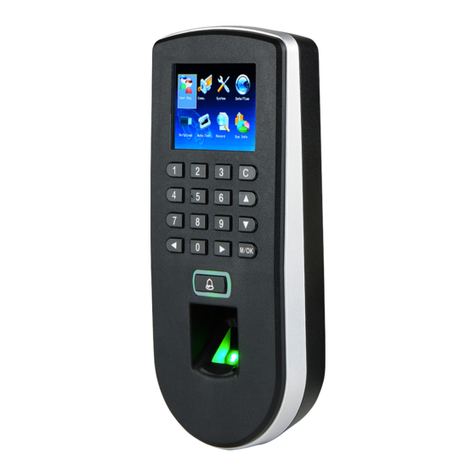
ZKTeco
ZKTeco F19 installation guide
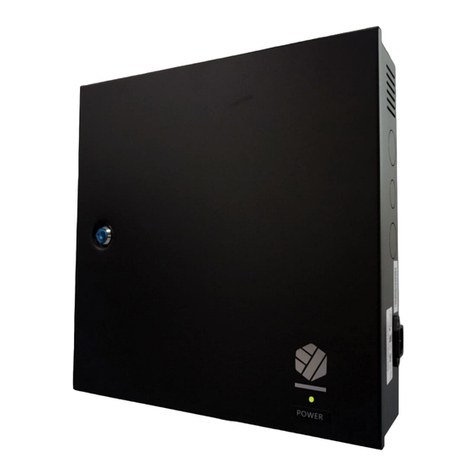
Sicunet
Sicunet NEPTUNE manual
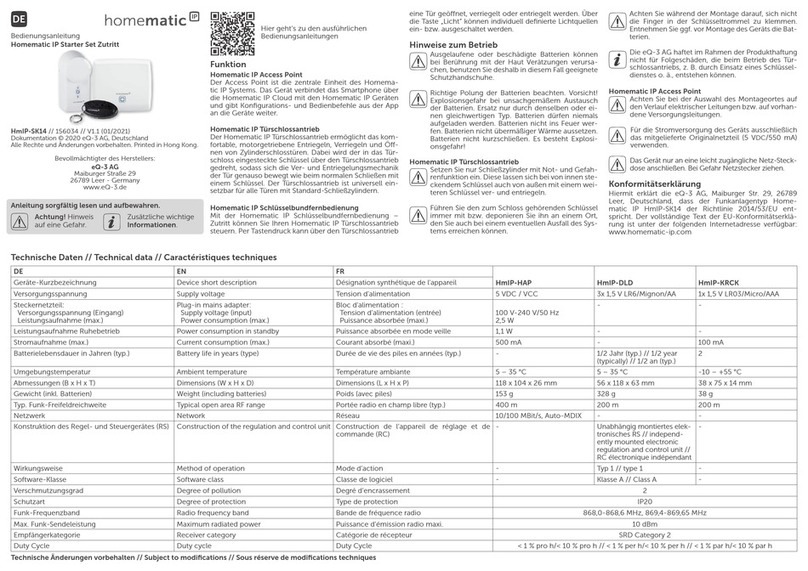
Homematic IP
Homematic IP HmIP-SK14 operating manual
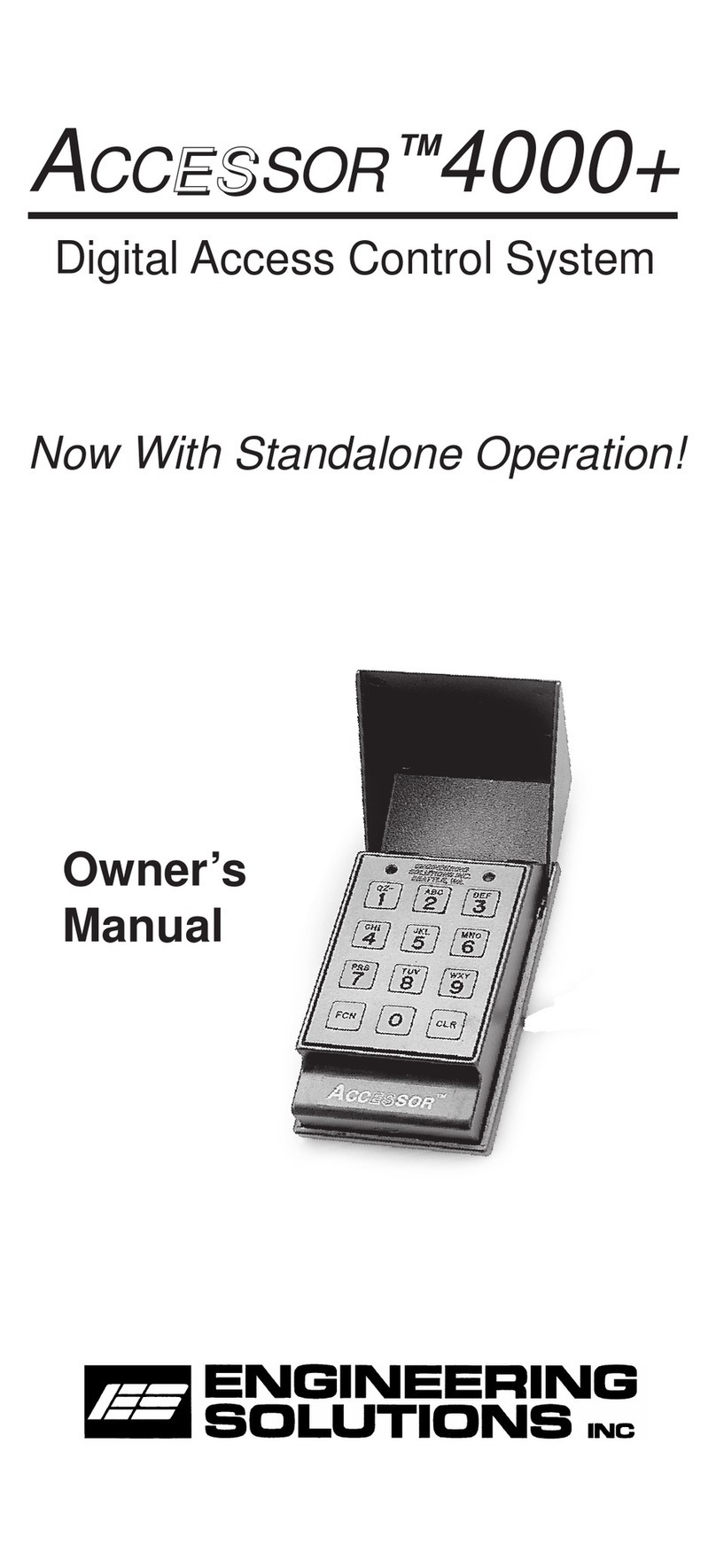
Engineering Solutions
Engineering Solutions ACCESSOR 4000+ owner's manual
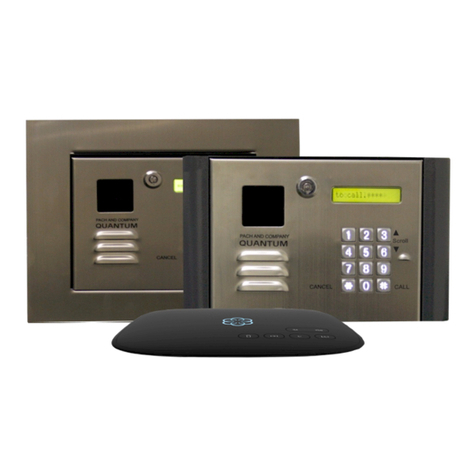
PACH & COMPANY
PACH & COMPANY QUANTUM QVOiP SERIES manual
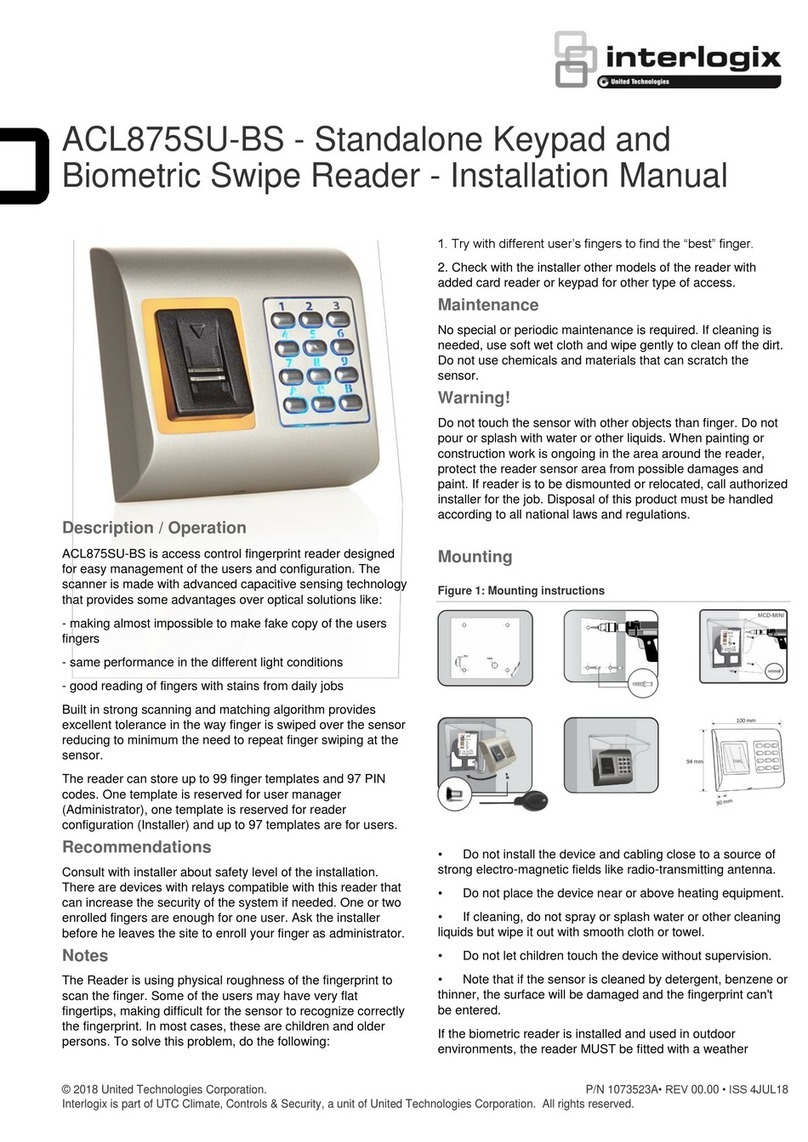
Interlogix
Interlogix ACL875SU-BS installation manual
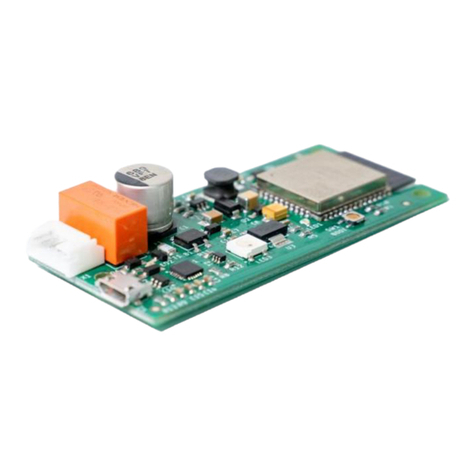
Nayar Systems
Nayar Systems Nearkey Installation and configuration manual
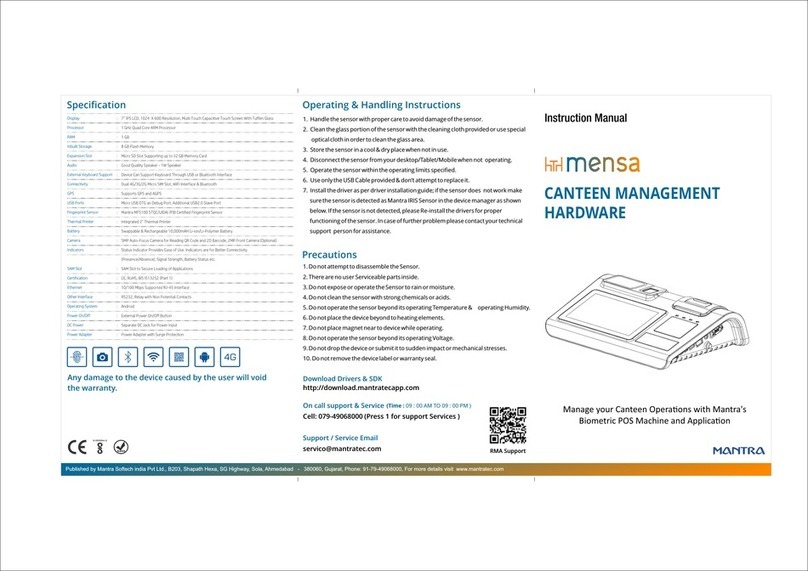
Mantra
Mantra Mensa mTerminal100 instruction manual
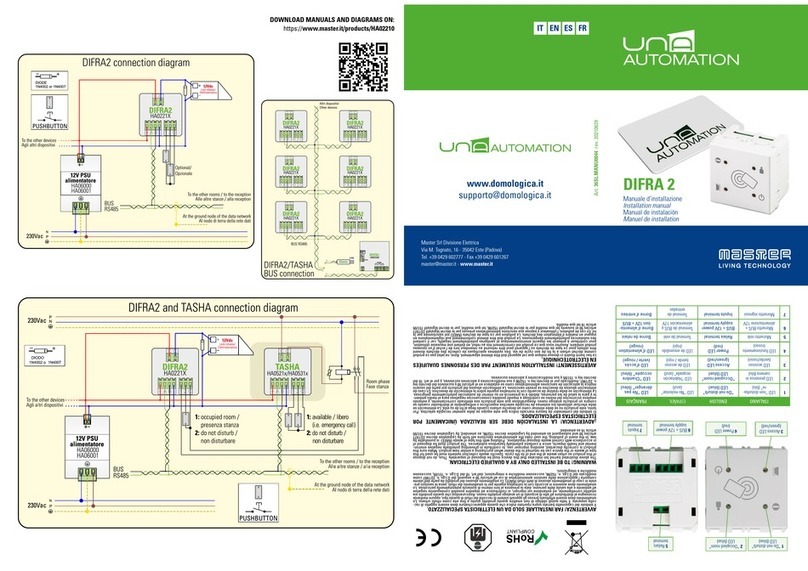
Master
Master UNA AUTOMATION DIFRA 2 installation manual
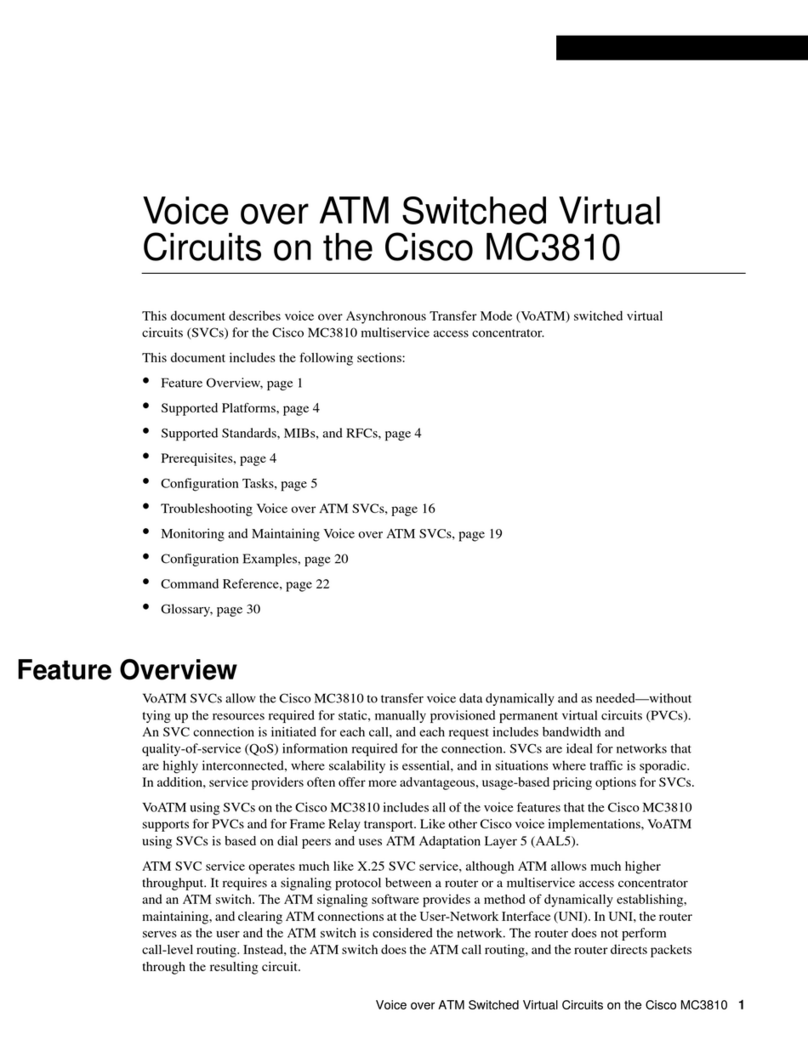
Cisco
Cisco MC3810-V - Concentrator - External Features guide


